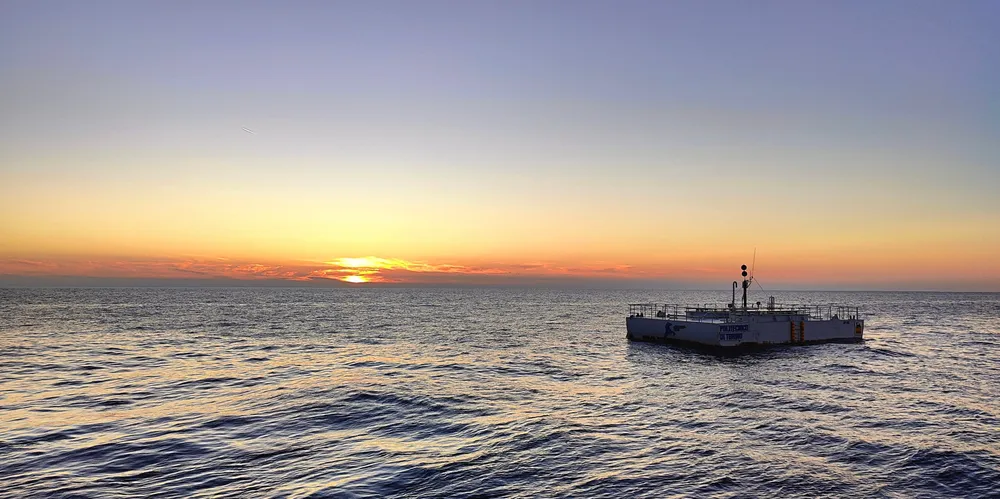Eni set to switch-on world's first island grid-linked wave power device
Milan-headquartered oil major installs novel ISWEC prototype as 'first step towards decarbonisation' of Pantelleria

Milan-headquartered oil major installs novel ISWEC prototype as 'first step towards decarbonisation' of Pantelleria
